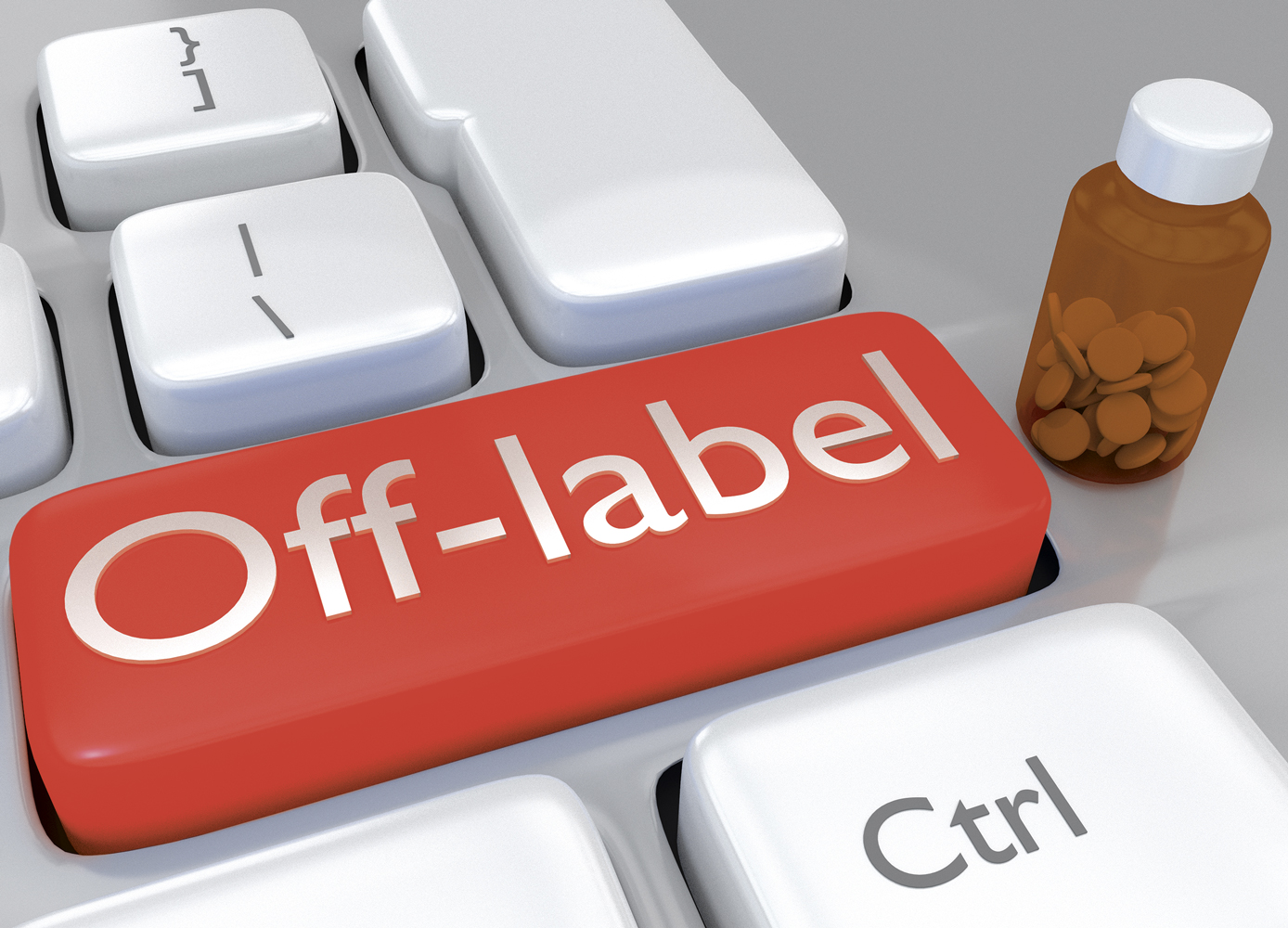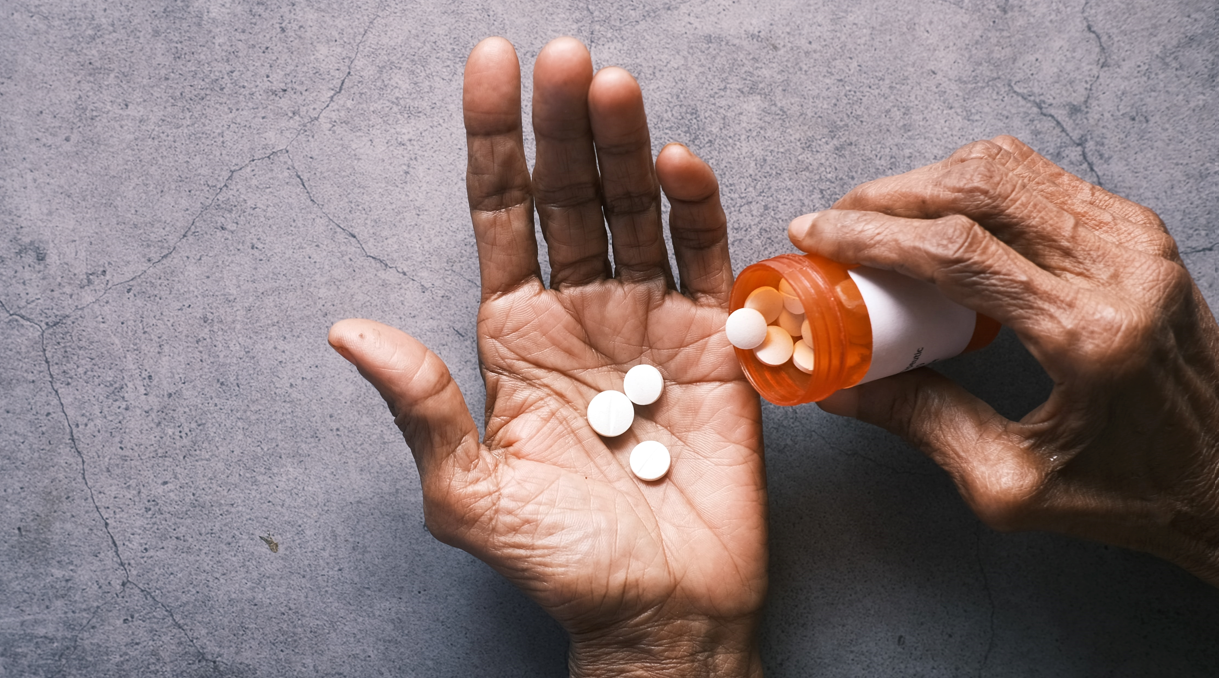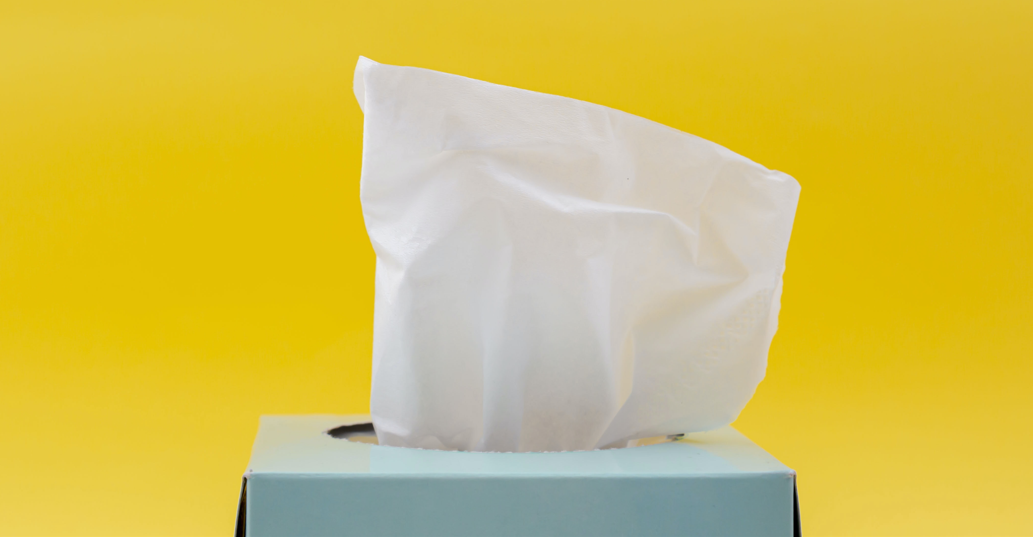A popular feature in the pages of Good Times magazine is “Your Health Questions,” in which we answer questions submitted by our readers about health, nutrition, and well-being
By Wendy Haaf
Q. I recently saw a news item stating that doctors in the United States sometimes prescribe a drug for a purpose other than that approved by the US Food and Drug Administration (FDA). Does this happen in Canada? Is it even legal?
A. If, after reviewing data from clinical trials, Health Canada finds that a product is safe and effective, the regulatory body will approve the drug for the specific condition or indication, dosage, and patient group studied in the trials. Use outside of any of these parameters is deemed “off-label.” However, the practice is legal and it does indeed happen in Canada. According to a 2012 study conducted by researchers at McGill University, 11% of prescriptions were off-label.
The practice is more prevalent in certain populations. Since few medications are studied in kids, for example, “use in children, for a lot of drugs, is often considered off-label,” explains Barry Power, the senior director of digital content for the Canadian Pharmacists Association. Similarly, since clinical trials often exclude people 65 or older, rates of off-label use are higher than average in older adults.
So, apart from the age issue, why might a drug be prescribed off-label? Sometimes, later research reveals that it works better at a different dose or is effective for treating a condition for which it wasn’t studied originally. For instance, in the case of one inhaler for emphysema and bronchitis, “the official dose was much lower than what was eventually found to be the effective dose,” Power explains.
Another example: “There is good scientific evidence that tricyclic antidepressants are effective for neurogenic [nerve-related] pain,” notes Robyn Tamblyn, a senior scientist with the Cardiovascular Health Across the Lifespan program at the Research Institute of the McGill University Health Centre (RI-MUHC) and the James McGill Chair in the Department of Medicine at McGill University’s Faculty of Medicine.
Thus, due to the time and expense involved, some drug companies won’t seek approval for a new dose or a new indication.
Still, off-label use due to later research is the exception rather than the rule. According to that same 2012 McGill study, only 10 per cent of off-label prescriptions were supported by scientific evidence.
What’s going on with the remainder? Sometimes “a drug is prescribed for its side effects,” Power says. Medications that cause drowsiness but aren’t officially indicated for insomnia, for example, may be prescribed to help with sleep. Off-label prescribing can also happen when there are no approved treatments for a condition and/or when other, approved medications have failed to relieve symptoms.
And while advertising an off-label use is prohibited, sometimes pharmaceutical companies nonetheless promote such practices using less direct methods. For example, AstraZeneca was charged with fraudulently promoting, in some US jurisdictions, a powerful antipsychotic medication for sleep, even though the drug, Seroquel, has potentially serious side effects. Moreover, in a McGill study published in 2016, 43.8 per cent of antipsychotics were found to be prescribed for off-label use. And according to Tamblyn, other research hints that physicians are often unaware of whether a particular indication is off-label or not, and may assume, for example, that any antidepressant can be prescribed for chronic pain, when only some have been found to be effective for this use.
Tamblyn and her colleagues strongly advocate that Health Canada begin tracking off-label use, Tamblyn says, “as a way of discovering both potential sources of unnecessary harm and new potential benefits.”
Whenever a health professional writes a new prescription for you, “it’s always a good idea to ask what it’s being given for, how long you should take it, how you’re going to know if it’s working, and what to do if you’re feeling worse,” Power says. Now you know to add this question: “How strong is the evidence that it’s effective for this indication?”
Photo: iStock/hafakot.






